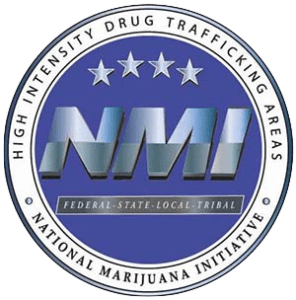With the passage of the Agriculture Improvement Act of 2018, also known as the “2018 Farm Bill”, hemp (part of the Cannabis Sativa L. plant) became a legal agricultural commodity. The caveat to this designation is that hemp, by definition, is to have a potency level of Delta-9 Tetrahydrocannabinol (THC) of not greater than .3 percent. THC is the active cannabinoid that cause impairment and the sense of being “high”. Anything in excess of that threshold is then considered marijuana and in violation of federal and many state statutes.
The Mid-West HIDTA recently released an overview of the hemp / marijuana issue for their area of operation (Iowa, Kansas, Missouri, Nebraska, North Dakota & South Dakota). The report examines the difference between hemp and marijuana, an overview of the “2018 Farm Bill”, issues associated to interstate transportation of hemp products, and a resource guide for points of contacts in each of the states in their region. The document is well referenced and offers the reader a concise overview of this issue that is applicable to a broader national scale.
In short, the visual distinction between hemp and illicit marijuana is difficult and requires forensic analysis to determine the actual THC concentration level of the suspect sample(s). It is this factor alone that presents the greatest opportunity for drug traffickers to exploit the legal system and take advantage of the gaps in the process.
Read Time: 5 minutes
